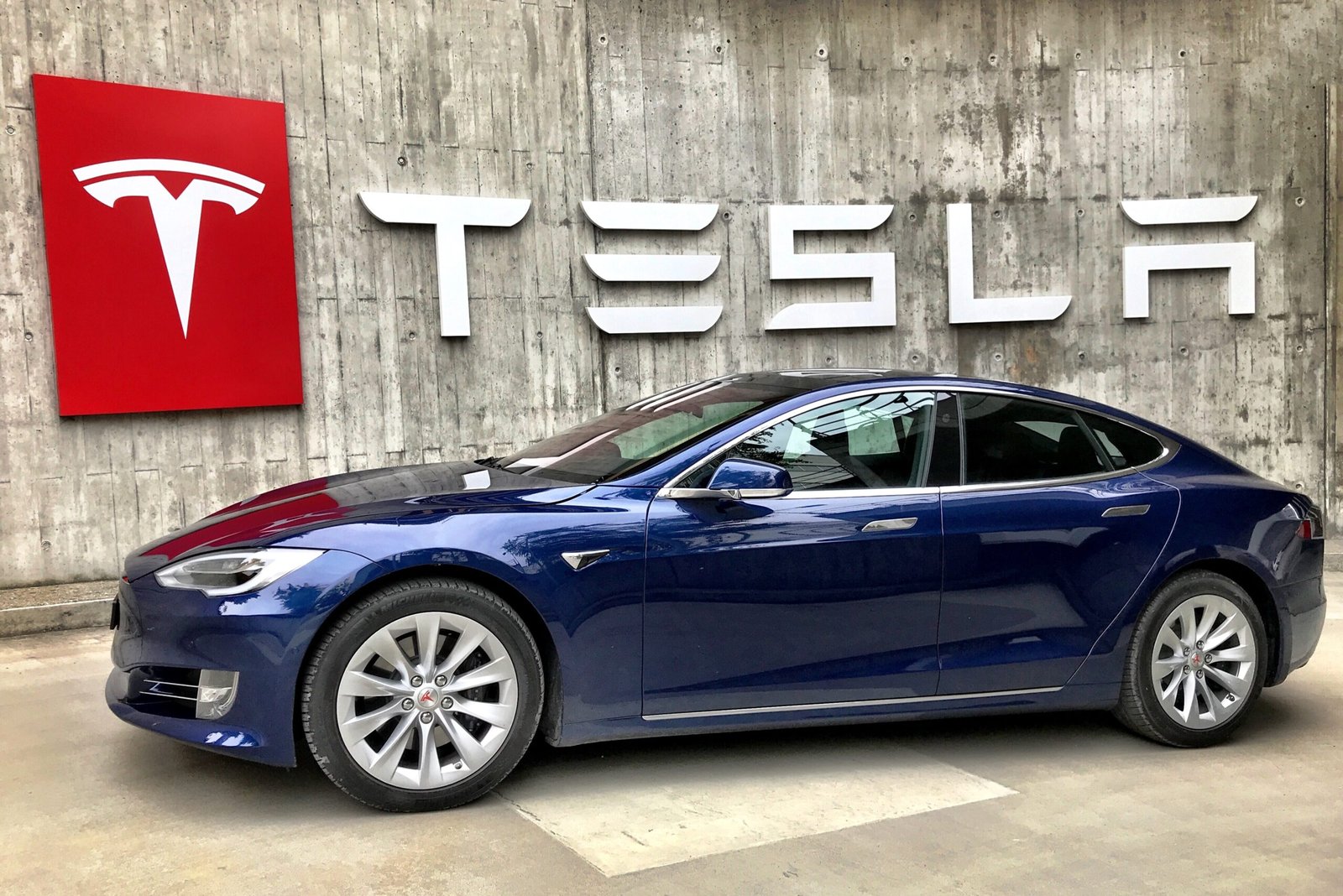Google Gemini era has officially started! In its decade-long journey as an ‘AI-first company,’ Google now unveils the Gemini era, a significant milestone following the AI surge triggered by ChatGPT. Revealed by CEO Sundar Pichai at the I/O developer conference in June, Gemini marks a substantial leap forward in AI models, poised to impact a multitude of Google products. Pichai emphasizes the potency of advancing underlying technology, seamlessly integrating improvements across their product spectrum.
Gemini is not a singular AI model; it comprises three variations. The lightweight Gemini Nano operates natively offline on Android devices, while the robust Gemini Pro serves as the backbone for Google AI services, especially in Bard. The powerful Gemini Ultra, tailored for data centers and enterprise applications, stands out as the most formidable Large Language Model (LLM) created by Google.
Google’s Strategy
Google’s rollout strategy involves powering Bard with Gemini Pro and providing new features for Pixel 8 Pro users through Gemini Nano. Developers and enterprise clients can access Gemini Pro via Google Generative AI Studio or Vertex AI in Google Cloud, starting December 13th. While currently available only in English, Google plans to integrate Gemini into its search engine, ad products, Chrome browser, and more, on a global scale.
The benchmark showdown between OpenAI’s GPT-4 and Google’s Gemini has been a focus for the tech giant. Google conducted a meticulous analysis, comparing 32 benchmarks, with Gemini claiming superiority in 30. Notably, Gemini excels in video and audio interaction, a deliberate strategy embracing multimodality from its inception.
Gemini’s versatility extends beyond basic text interactions, with advanced models like Gemini Ultra capable of handling images, video, and audio. Google envisions expanding Gemini’s capabilities to include actions, touch, and robotics-type functionalities, fostering a deeper understanding of the surrounding world.
:format(webp)/cdn.vox-cdn.com/uploads/chorus_asset/file/25137173/Gemini_FlexibleModel.jpg)
Image source: Google
The efficiency of Gemini is a standout feature, attributed to training on Google’s Tensor Processing Units. This model proves faster and more cost-effective than its predecessors like PaLM. Google complements Gemini’s launch with the introduction of TPU v5p, a computing system designed for data centers to facilitate the training and execution of large-scale models.
Pichai and Hassabis perceive the Gemini launch as both the initiation of a broader project and a transformative leap. Google positions Gemini as the model it has been diligently developing, representing a pivotal moment in the company’s AI journey. In response to the rapid rise of ChatGPT, Google has committed to a thoughtful and responsible approach, especially as the industry inches closer to the prospect of artificial general intelligence (AGI).
Safety and Responsibility
Ensuring the safety and responsibility of Gemini has been a priority for Google, with rigorous internal and external testing. Pichai emphasizes the significance of data security, particularly for enterprise-oriented products. While launching state-of-the-art AI involves inherent risks, Google adopts a cautious and controlled release strategy, exemplified by the gradual rollout of Gemini Ultra.
In the grand narrative of AI’s potential, Pichai envisions Gemini as a monumental step. While its impact may not revolutionize the world immediately, it signifies Google’s pursuit to lead in the generative AI field.
The launch of Gemini echoes Google’s ambition, reminiscent of the transformative role the web played in catapulting the company to tech giant status. The stage is set, and Google anticipates Gemini to be a catalyst for even greater achievements.





































